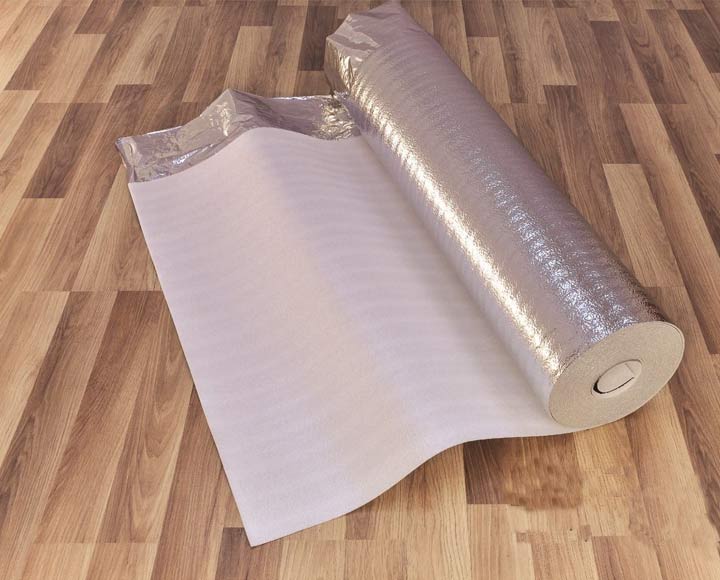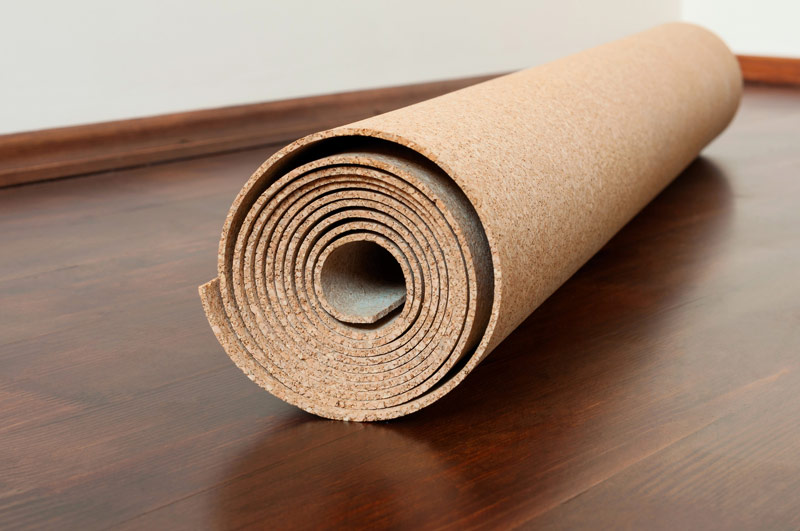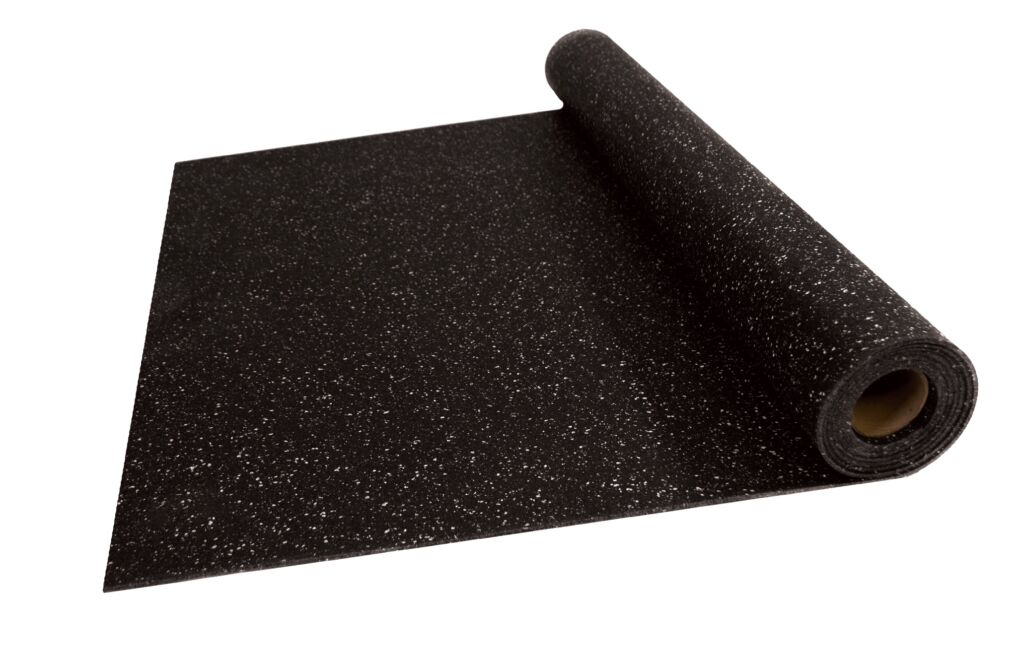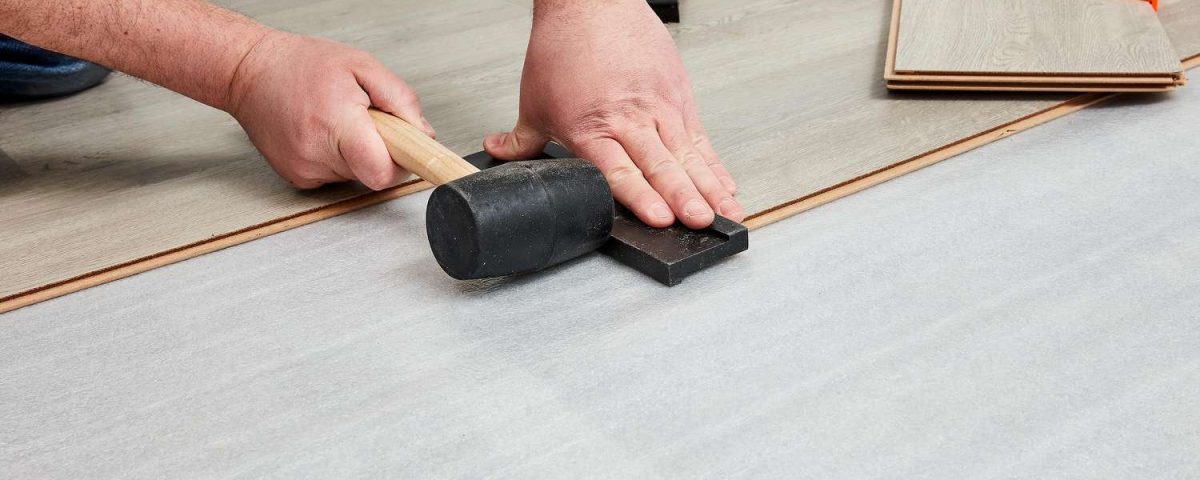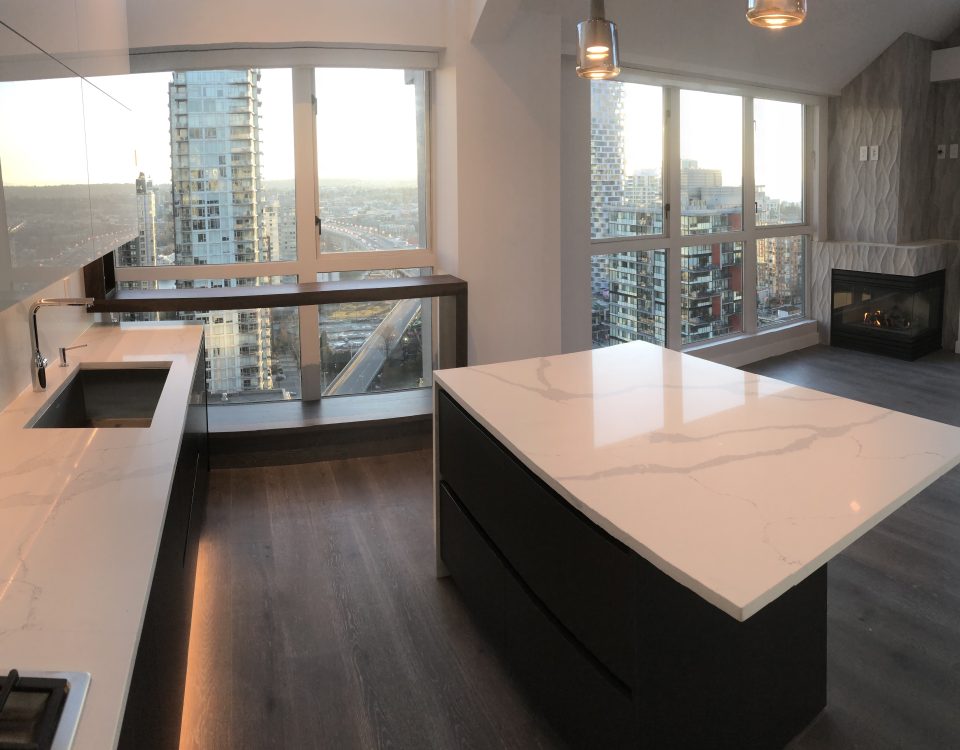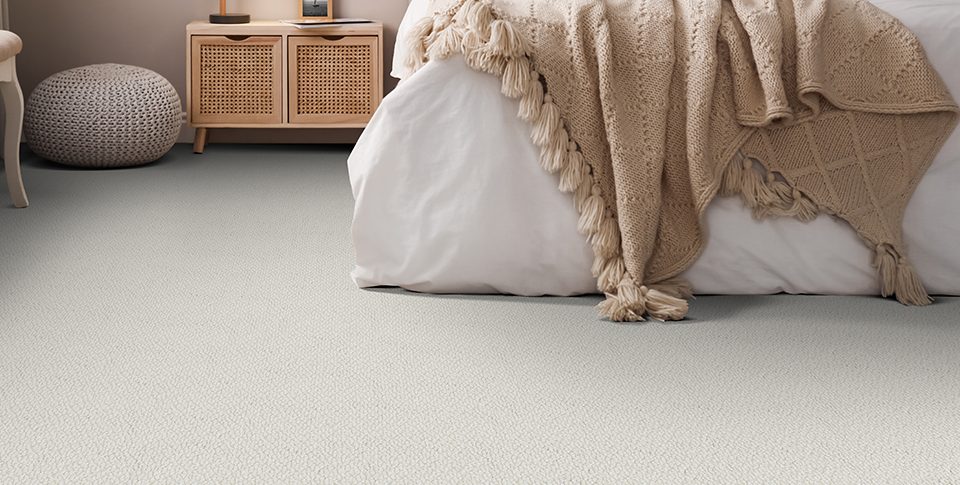
Comprehensive Guide to Hardwood Flooring and Renovations
June 25, 2024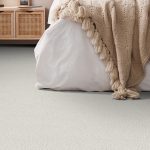
Everything About Carpets
July 23, 2024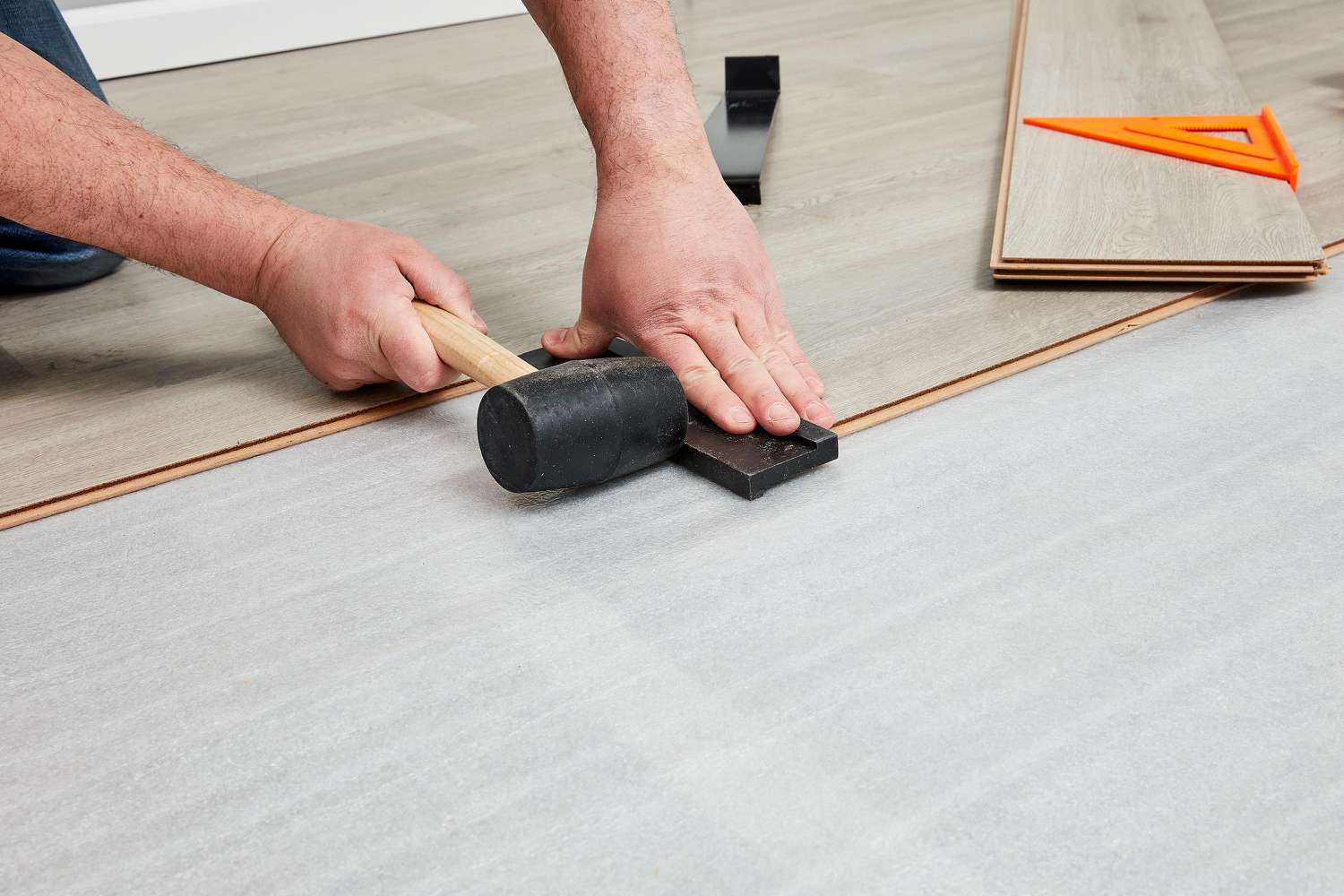
When embarking on a flooring project, whether it’s a renovation or a new build, choosing the right underlayment is crucial. This often-overlooked component plays a vital role in the performance and longevity of your flooring. In this guide, we’ll explore what underlayment is, its types, and why it’s essential for your flooring project.
What is Underlayment?
Underlayment is a thin layer of material installed between the subfloor and the flooring. It serves multiple purposes, including:
- Providing a smooth surface: It helps create an even base for the flooring.
- Enhancing comfort: Adds a cushion effect, making floors more comfortable to walk on.
- Sound insulation: Reduces noise, making your home quieter.
- Moisture barrier: Protects flooring from moisture damage.
Types of Underlayment
1. Foam Underlayment
- Best for: Laminate and engineered wood.
- Thickness: 2-3 mm.
- Benefits: Provides sound insulation, comfort, and minor moisture protection.
- Considerations: Not suitable for areas with high moisture.
2. Cork Underlayment
- Best for: Hardwood, laminate, and engineered wood.
- Thickness: 3-6 mm.
- Benefits: Excellent sound and thermal insulation, eco-friendly.
- Considerations: Can be pricier than foam and may not offer significant moisture protection.
3. Rubber Underlayment
- Best for: Engineered wood and tile.
- Thickness: 2-10 mm.
- Benefits: Superior sound insulation, durable, and resistant to mold and mildew.
- Considerations: Higher cost and thickness can raise floor height.
4. Felt Underlayment
- Best for: Hardwood and engineered wood.
- Thickness: 3-6 mm.
- Benefits: Provides excellent cushioning and sound insulation.
- Considerations: May not provide moisture protection, so additional barriers might be needed.
5. Plywood Underlayment
- Best for: Vinyl, linoleum, and tile.
- Thickness: 6-12 mm.
- Benefits: Provides a stable base and helps in leveling the floor.
- Considerations: Requires proper installation to avoid issues with the final flooring layer.
6. Combination Underlayment
- Best for: Various flooring types.
- Thickness: 2-5 mm.
- Benefits: Combines multiple materials to provide benefits like sound insulation, moisture protection, and comfort.
- Considerations: Costs can vary widely based on material combinations.
Why Underlayment is Essential
1. Moisture Protection
- Prevents Damage: Keeps flooring from absorbing moisture from the subfloor, which can lead to warping, mold, and mildew.
- Essential in Basements and Bathrooms: Crucial for installations in areas prone to moisture.
2. Sound Reduction
- Quieter Homes: Reduces noise transmission, making homes more peaceful.
- Vital for Multi-Level Homes: Essential in apartments and multi-story houses to minimize noise between floors.
3. Enhanced Comfort
- Cushioning: Provides a softer feel underfoot, which is particularly beneficial for hard flooring types like hardwood and tile.
- Thermal Insulation: Helps keep floors warmer in cold climates.
4. Floor Longevity
- Increases Durability: Protects flooring from wear and tear, extending its lifespan.
- Prevents Cracks and Breakage: Provides a stable base that prevents the flooring from shifting and cracking.
Ratings and Reviews
Understanding the ratings and reviews of underlayment products can significantly influence your choice. Here are some key factors to consider when evaluating ratings:
1. Sound Insulation Rating (IIC and STC)
- Impact Insulation Class (IIC): Measures the impact noise transmission. Higher IIC ratings indicate better sound insulation.
- Sound Transmission Class (STC): Measures airborne noise insulation. Higher STC ratings mean less sound travels through floors.
2. Moisture Protection Rating
- Vapor Barrier Effectiveness: Look for ratings that indicate the underlayment’s ability to block moisture from the subfloor.
3. Thermal Insulation Rating
- R-Value: Indicates thermal resistance. Higher R-values suggest better insulation, keeping floors warmer.
4. Durability and Longevity
- Wear and Tear: Reviews often highlight the durability of the underlayment over time, which is crucial for long-term performance.
5. Ease of Installation
- User Reviews: Feedback from other users about the installation process can be invaluable, especially for DIY projects.
Choosing the Right Underlayment
- Flooring Type: Match the underlayment to the specific needs of your flooring material.
- Moisture Levels: Consider the moisture levels of the installation area.
- Sound Insulation Needs: Decide based on the importance of sound insulation in your home.
- Comfort Requirements: Think about how much cushioning you want underfoot.
- Budget: Balance the cost of the underlayment with the benefits it provides.
Conclusion
Choosing the right underlayment is a critical step in ensuring the success of your flooring project. It enhances comfort, reduces noise, protects against moisture, and increases the longevity of your floors. At Canadian Flooring & Renovations, we offer a wide range of underlayment options and expert advice to help you make the best choice for your home. Visit our showroom at 1903 W Broadway, Vancouver, BC, or call us at 604-739-4477 to learn more about how we can assist you in your next flooring project.
For more detailed information and personalized advice, feel free to contact us or explore our extensive product range on our website. We look forward to helping you create the perfect foundation for your floors.
